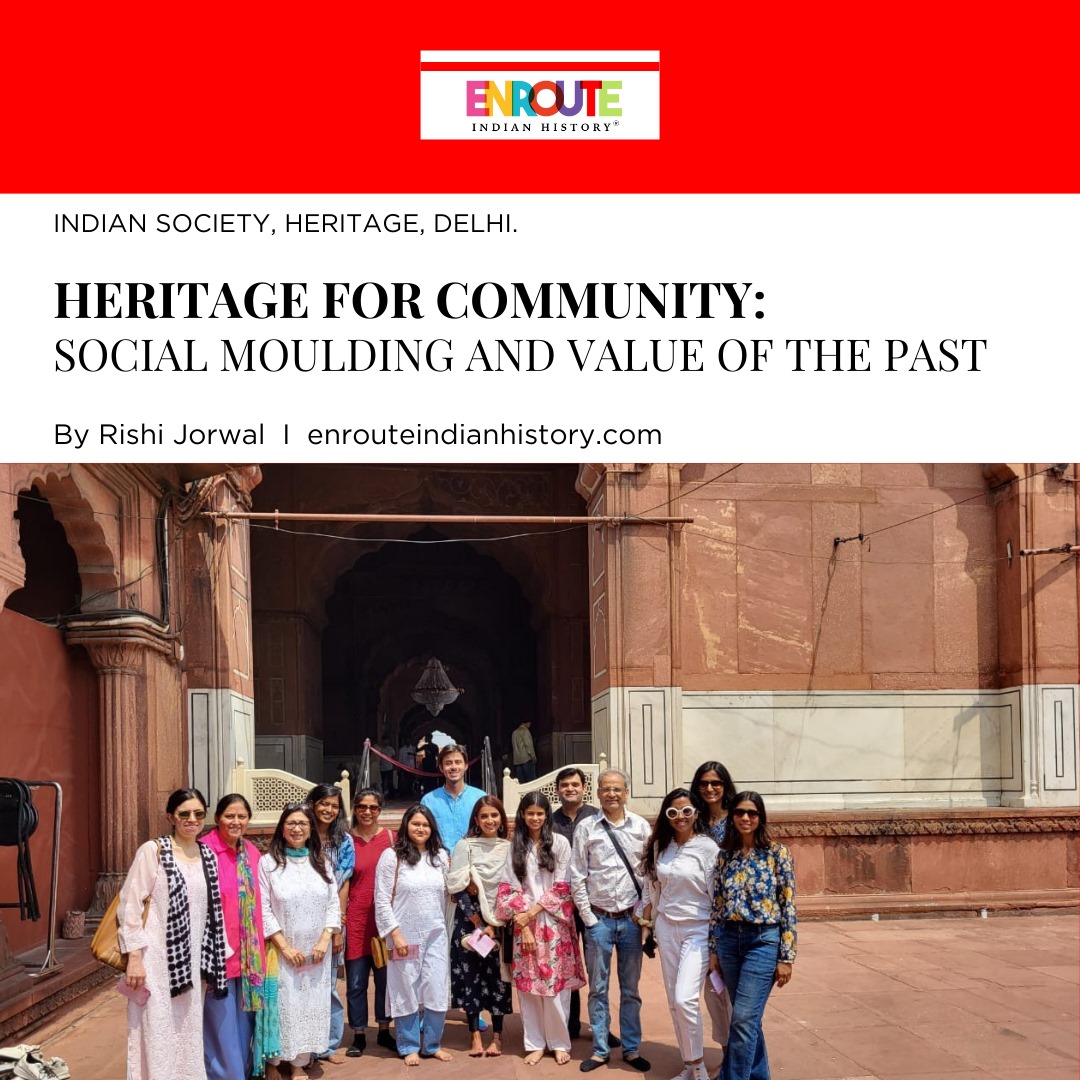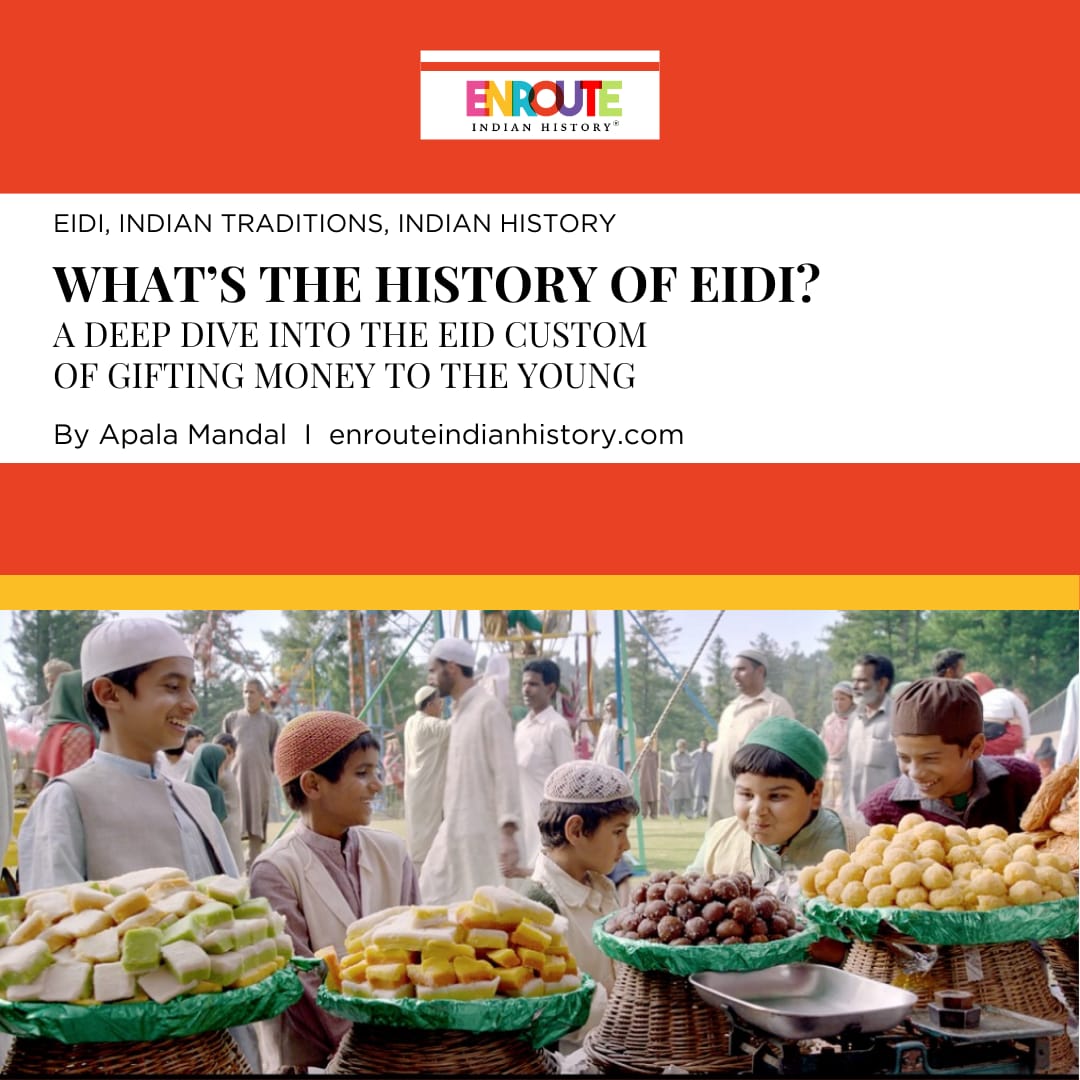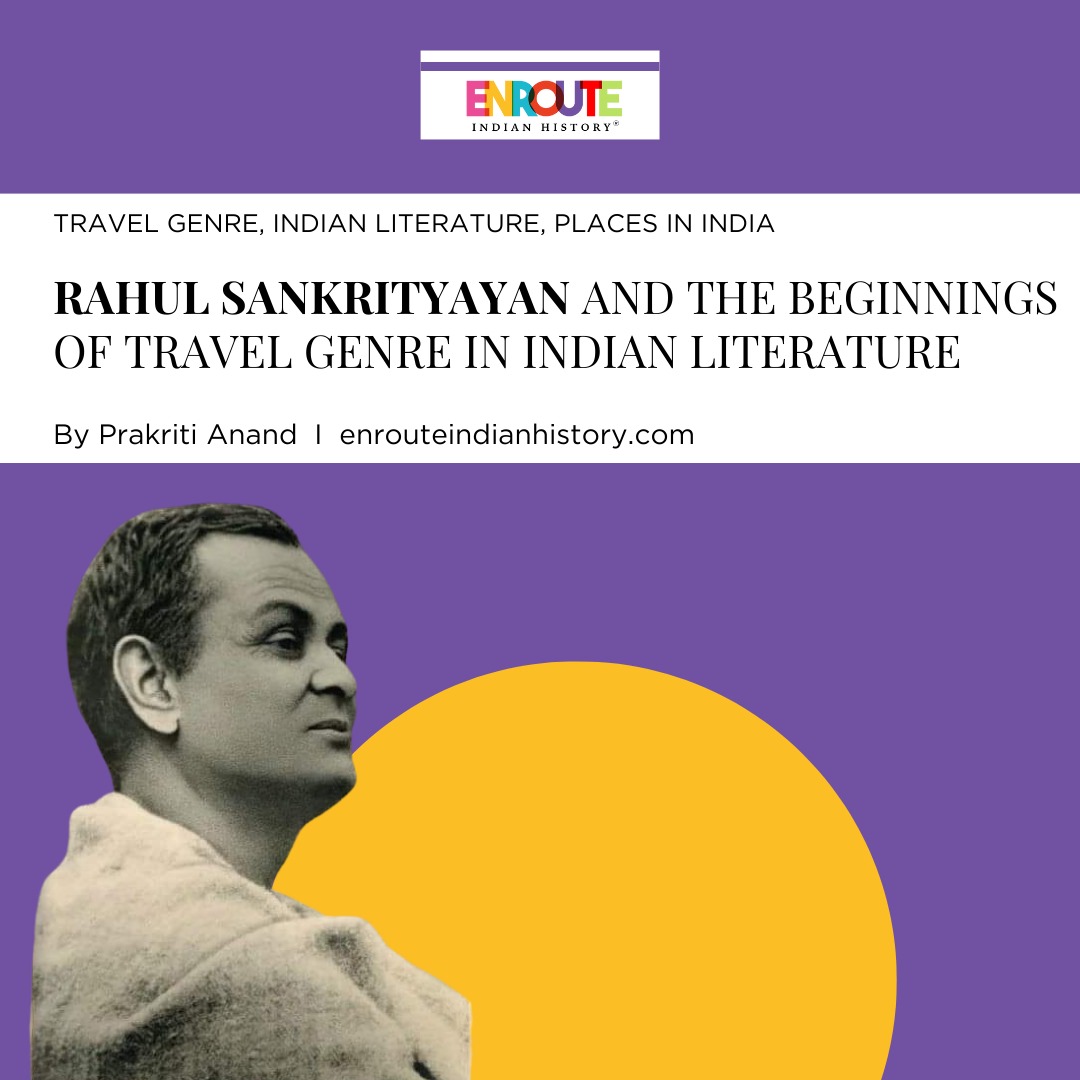
Amidst the neutral tones of greys and whites dominating the Indian roads and highways, a burst of contrasting colors emerges, injecting a touch of happiness through trucks that resemble vibrant canvases, each conveying its unique expression. India boasts a colossal road transport sector characterized by the inescapable presence of trucks on its extensive highways. Serving as more than just vehicles, these trucks embody narratives, quests, and destinations for the diverse stakeholders in this industry. The profound interactions between individuals and these trucks contribute significantly to the nuanced understanding of the trucking experience. One of the most striking features of these trucks is their vibrant and elaborate art decorations. While some may perceive this art as a mere means of utilizing space, it goes beyond aesthetics, serving various psychological, social, and practical purposes for the truck owners, drivers, and the artists involved. Yet, the influence of the artistic embellishments on these trucks extends beyond the individuals directly or indirectly linked to the trucking and associated sectors. It encompasses even those who encounter these moving canvases in their daily interactions.
Far from being arbitrary, these trucks’ intricate designs and meaningful symbols form an implicit communication system within the trucking community. The art on the trucks becomes a visual representation of the collective identity, stories, and experiences of the people associated with the industry. It transforms the truck into a mobile canvas, narrating tales of long journeys, aspirations, and the cultural richness that defines the diverse landscape of India. In essence, the art adorning these trucks is more than just an ornamental feature; it is a dynamic expression, a form of conveying a message that transcends the physical boundaries of the vehicle. It serves as a vibrant and culturally significant mouthpiece for the trucking community, echoing their shared values, aspirations, and the intricate tapestry of their journeys on the vast canvas of India’s highways.
Origin of truck art
While art has deep roots in Indian culture, the introduction of trucks to the country traces back to World War II, initially serving a military purpose. In the 1920s, the first influx of buses and British Bedford trucks occurred, and the latter gained immense popularity in the subcontinent. The transformation of these trucks began with the construction of intricate wooden crowns on their cabins, a practice that originated as Bedford trucks gained widespread acclaim. As trucking expanded, particularly during the 1940s, companies began personalizing their vehicles with unique logos, becoming a form of truck art recognizable to all, regardless of literacy. These embellishments evolved into elaborate designs, akin to the competitive decorations seen in buses of that era, aimed at attracting customers. Even after India gained independence, the influence of British Bedford trucks persisted, as Hindustan Motors commenced assembling them locally in 1948. The design legacy of Bedford trucks laid the groundwork for subsequent generations of Indian trucks, with echoes of their aesthetic enduring in the majority of trucks on Indian roads.
Post-partition, the divergence in truck art between India and Pakistan emerged due to various factors, including the impact of religion, legislative changes, and linguistic and regional variations. This resulted in distinct characteristics and variations within the truck art of each country. The distinction remains evident among individuals engaged in land trade between India and Pakistan, as they assert that it is discernible from a distance to distinguish an Indian truck from a Pakistani one. From their origins as war machines in World War II, trucks swiftly transformed into the essential lifelines of post-independence India.
An instrument of Advocacy and information
Traversing to remote corners overlooked by railways, trucks play a pivotal role in connecting rural communities with essential goods and resources. Beyond their logistical significance, these trucks bear a unique visual language and messages specific to this nation’s truck art, further enhancing their cultural and communicative impact on these regions. In essence, the intricate fusion of regulatory directives and artistic expressions in Indian truck art serves as a multifaceted reflection of the societal, political, and cultural dimensions shaping the trucking industry in the country. In India, the landscape of truck design is significantly influenced by laws and regulations, notably the Central Motor Vehicles Act (1989) and the Code of Practice for Construction and Approval of Truck Cabs, Truck Bodies, and Trailers, among others. The trucking industry in the country operates within a stringent regulatory framework, entailing a maze of bureaucratic processes that dictate everything from permissible artwork on trucks to their maximum loading capacity. Consequently, the realm of Indian truck art not only emphasizes elaborate decorations but also places equal importance on conveying critical information.

(photo from pintrest by CAMILLE ENRICO )
The writings on trucks, often portrayed in bold fonts and distinct typefaces, include symbols like the Indian flag alongside phrases like “National Permit” or “All India Permit.” The phrases ubiquitous in Indian truck art, such as “Horn Please,” “Keep Distance,” and “Use Dipper at Night,” have origins in legislative requirements mandating their presence on trucks. Art and design historian Seema Srivastava elucidates the rationale behind the phrase “Horn Please.” According to her, during the wartime era, the transportation of highly flammable kerosene prompted the inclusion of these words on trucks as a precautionary measure to alert and caution people about hazardous cargo. Beyond these utilitarian messages, political expressions find a prominent place, with images of figures like Bhagat Singh often accompanied by slogans like “Jai Jawan, Jai Kisaan.” Another dimension of truck art involves raising awareness through slogans like ‘Beti Bachao, Beti Padhao,’ a mandatory addition in many states. This initiative aims to combat female foeticide, champion the survival and protection of girl children, and promote their education. Beyond championing these ideals, truck art has also been a proponent of fostering the flourishing of local art, infusing it with a contemporary essence.
Symbol of Culture and Belief
Decoration isn’t just an afterthought—it’s woven into human psychology. From a blank canvas, the evolution of the Indian truck involves intricate building and painting processes shaped by diverse influences. This art form’s essence lies in its functionality, manifesting through an array of themes, patterns, and objects. India’s vast expanse of states and communities plays a pivotal role in the diverse truck decorations seen on its roads. The truck’s origins are a canvas reflecting the cultural tapestry, embracing icons, symbols, and objects rooted in the rich heritage of its place of origin. For instance, Punjab’s trucks boast elaborate paintings, while Rajasthani trucks flaunt ornate tassels and decorative hangings. India exhibits a notable divergence between northern and southern truck designs, with nuanced exceptions. Southern trucks tend to embrace minimalism with bare interiors and exteriors, while their northern counterparts exude embellishments and vibrant ornamentation. These regional differences showcase colorful designs and many symbols, mirroring the cultural richness ingrained in each region. Lotuses, Tigers, and Peacocks share the similar motive of nationality and national pride as symbols of the Indian state.
Symbols on trucks serve as markers of identity, representing the trucking company’s driver, owner, or religious affiliations. These symbols span a wide spectrum, from the Swastika, Om, and Khanda signifying Sikhism to the Islamic Crescent Moon and Star, the symbols of Venkateshwara, the Jain Hand, and the Wheel of Ahimsa, and more. Interestingly, certain symbols carry dual meanings, symbolizing both religion and caste. The artwork on trucks also includes countless representations of gods from various faiths, predominantly from Hinduism, known for its tradition of idol worship. Images portraying deities like Krishna, Ganesh, Shiva, Hanuman, and the goddess Lakshmi are commonly found, illustrating the diverse religious tapestry. According to research by Ashima Madan titled ‘Visual Semiotics of Truck Art in India: From Art on Trucks to a Digital Art Style,’ the genesis of truck decoration as a folk art form traces back to Sikh transporters painting portraits of their spiritual Gurus with bold colors and raw aesthetics. Simultaneously, Muslim transporters began adorning their trucks with portraits of renowned Sufi saints.
Trucks feature talismanic symbols and objects believed to possess spiritual or powerful qualities. Eyes, in particular, are incorporated to infuse a sense of femininity while also serving as protective measures against the “Buri Nazar” or the evil eye. To ward off evil forces, devil paintings or the “Nazar Batty” are commonly displayed and hung at the back of the truck.

(Photo from pintrest by Liam Marien-Jenkins)
Various symbolic elements are prevalent, including fish, a pot marked with a swastika containing betel leaves and a coconut (traditionally Hindu ritualistic symbols), a Cow often accompanied by a Calf, or a Lingam representing the Hindu God Shiva. The eagle painted on trucks carries diverse interpretations, with some attributing it to symbolize speed and precision, while others connect it to the hawk of Guru Govind Ji.
Home away from home
Within the realm of truck art, a significant portion carries profound symbolism, while another facet simply follows the trend, offering a canvas for individuals to express themselves freely through their trucks. These trucks, serving as both workplace and living space, become a second home for the drivers who spend months traversing the vast distances of India. The diversity in decorations reflects individual tastes, resembling the intricate adornments of newlywed Indian brides. For the millions of drivers enduring weeks away from their homes, the truck embodies not only their workspace but also their living quarters and even places of worship. As a result, these rolling homes serve as a reflection of personal identity. In a fashion reminiscent of newlyweds, family names often grace the front and back of trucks, typically those of the owner’s or driver’s children. Some take it a step further, incorporating their wives’ names or even christening their trucks with distinctive names.
Amidst the religious inscriptions, there exists a category of lettering that goes beyond spiritual phrases, delving into romantic lines, excerpts of poetry, and clever one-liners. Phrases like “Buri Nazar Waale, Tera Muh Kala” are popular on North Indian trucks, serving as a humorous yet earnest invocation against jealousy and ill wishes. Another common inscription, “Hum Intezar Karenge” (translated as “We Will Wait”), often accompanied by an image of a woman, speaks to the wives or lovers patiently anticipating the return of drivers from their extended journeys on the road. This amalgamation of personal expressions, cultural references, and protective sentiments transforms these trucks into dynamic canvases that echo the diverse stories and emotions of those who navigate the expansive highways of India.
Truck art, serving as a prominent symbol of “Indianness” and cultural identity, has become a significant reference point in popular culture. Highly adorned trucks have made notable appearances in Bollywood films and songs, solidifying their presence in the entertainment industry. Elements inspired by truck art find their way into a diverse array of posters and advertisements across India, where brands strategically leverage them as cultural markers to appeal to predominantly upper-class audiences. These various engagements collectively strive to establish direct associations between truck art and Indian culture within the collective consciousness of the nation. In conclusion, the vibrant world of Indian truck art transcends mere aesthetics to become a powerful cultural narrative, reflecting the dynamic interplay of tradition, identity, and modern influences. From its origins in wartime utility to its evolution as a form of folk art and a mobile expression of individualism, truck art serves as a visual testament to the rich tapestry of India’s diverse landscapes and communities. As these rolling artworks continue to evolve, they not only bridge the logistical gaps in India’s infrastructure but also serve as a living testament to the resilience, creativity, and cultural pride of those who navigate the diverse and expansive roads of the country.
Reference
- Marath, Arathy Subhash. “The Rolling Canvases of India – a Symphony of Truck Art Design and Culture.” Savaari Car Rentals Blog, 14 Dec. 2023, www.savaari.com/blog/truck-art-design-india.
- Shah, Manasi. “Horn Please: The Kitschy World of Truck Art.” The Telegraph, 16 Feb. 2019, www.telegraphindia.com/culture/arts/horn-please-the-kitschy-world-of-truck-art/cid/1684705.
- April 18, 2024
- 22 Min Read
- April 18, 2024
- 5 Min Read
- April 3, 2024
- 10 Min Read

























